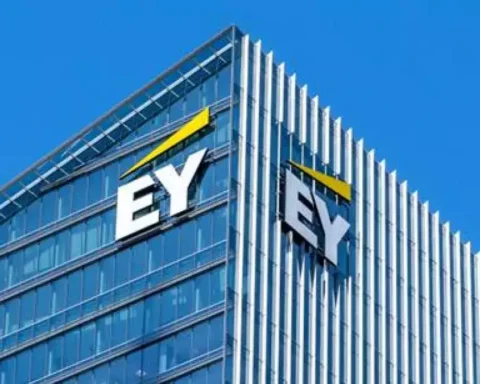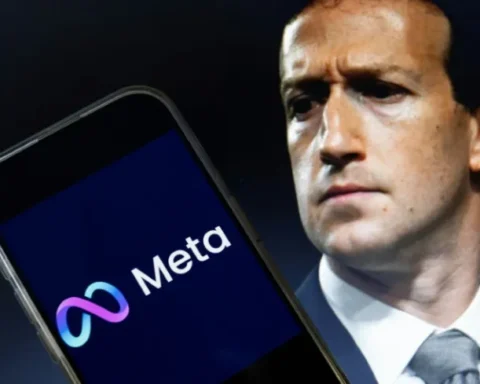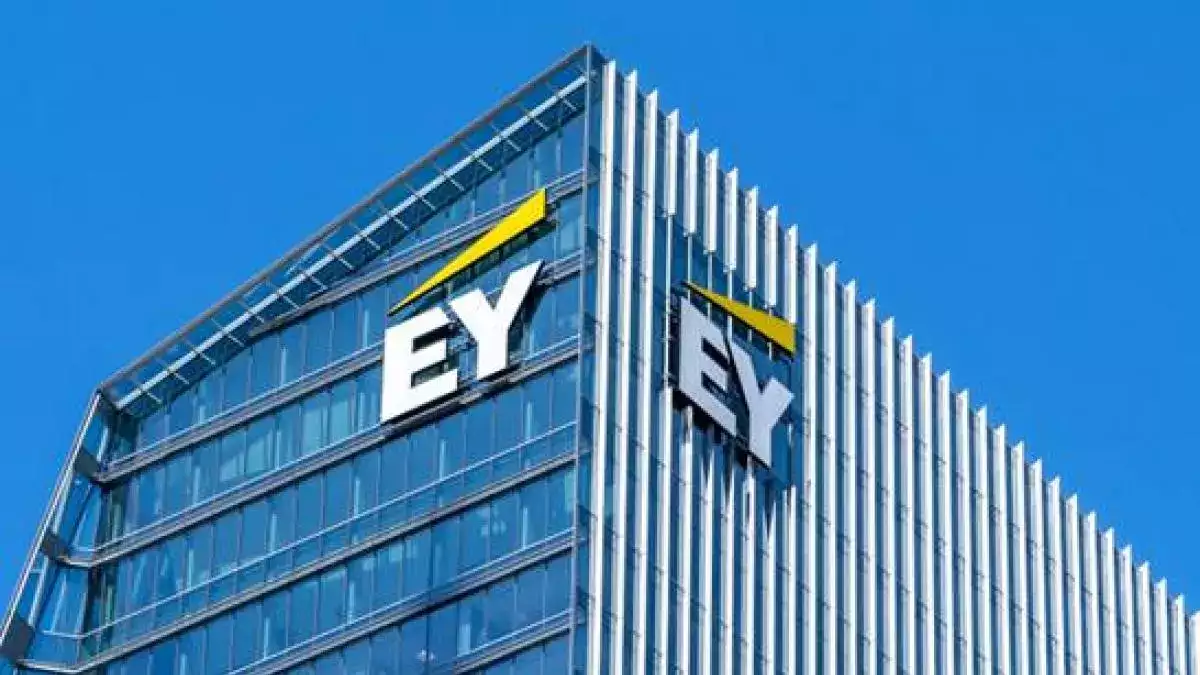How Jensen Huang’s Vision and Hard Work Made Nvidia a Global Powerhouse in AI and Beyond
On a seemingly ordinary day in 1993, three engineers—Jensen Huang, Chris Malachowsky, and Curtis Priem—sat in a booth at a Denny’s restaurant in San Jose, California, to brainstorm the future. Little did they know, the company they decided to start that day, Nvidia, would one day become a global tech giant, briefly surpassing Apple as the world’s most valuable company.
On Monday, Nvidia’s market value soared to $3.38 trillion, eclipsing Apple’s $3.35 trillion valuation. Though Apple reclaimed the top spot by the evening, Nvidia’s meteoric rise reflects its extraordinary transformation from a niche video game chipmaker to a dominant force in artificial intelligence (AI) and computing.
The Birth of Nvidia: Humble Beginnings and Early Struggles
In 1993, Jensen Huang, then 30 years old, was a married father of two with a bold idea but no roadmap. “We came right here to this Denny’s, sat right back there, and the three of us decided to start the company,” Huang recalled in an interview with CBS’ 60 Minutes.
The startup’s first product, a low-cost processing chip called the NV1, debuted in 1995 but flopped due to technical shortcomings. The failure nearly bankrupted Nvidia. Yet, Huang’s resilience shone through as he negotiated a contract buyout with Sega, providing the company with enough resources to develop its breakthrough product—the RIVA 128 graphics chip, released in 1997.
The RIVA 128 was an instant commercial success, solidifying Nvidia’s reputation in the gaming industry and paving the way for future innovations.
Diversification and the AI Revolution
By the 2010s, Nvidia expanded its reach beyond gaming into laptops, automobiles, and cloud computing. But the real game-changer came with the advent of AI. Nvidia’s development of powerful graphics processing units (GPUs) proved perfectly suited for AI applications, a stroke of “luck founded by vision,” according to Huang.
As AI technology surged in popularity, driven by milestones like OpenAI’s ChatGPT in 2022, Nvidia was poised to dominate. The company’s shares skyrocketed over 500% in 2023, and long-term investors reaped massive rewards. A $10,000 investment in Nvidia 25 years ago would now be worth over $32 million.
The Leadership of Jensen Huang: A Lesson in Optimism and Dedication
Jensen Huang attributes Nvidia’s success to hard work and optimism. He credits the company’s innovation to the discovery of GPU architecture’s potential for AI—a development he describes as serendipitous. “We invented this capability, and then one day, researchers creating deep learning discovered this architecture. It turned out to be perfect for AI,” he explained.
Huang’s philosophy aligns with research by cognitive neuroscientist Tali Sharot, who notes that optimism often leads to success by shaping both subjective and objective realities. “Optimism changes the way we see the world and acts as a self-fulfilling prophecy,” Sharot said in a TED Talk.
For Huang, optimism and relentless effort were the keys to turning his childhood job as a dishwasher and busboy into a leadership role at one of the most influential tech companies in history. “There’s no magic. It’s just 61 years of hard work every single day,” he said.
The Future of Nvidia: Continued Innovation
Nvidia shows no signs of slowing down. CEO Jensen Huang recently announced plans to upgrade its AI accelerators annually, with a Blackwell Ultra chip scheduled for 2025 and a next-generation Rubin platform in development for 2026.
As Nvidia continues to shape the future of AI and computing, its rise serves as an inspiring testament to vision, perseverance, and the power of dreaming big—starting with a simple idea in a breakfast booth at Denny’s.
From humble beginnings to historic milestones, Nvidia’s story is proof that innovation and dedication can propel a company—and its leaders—to unimaginable heights.
Post Views: 11

















